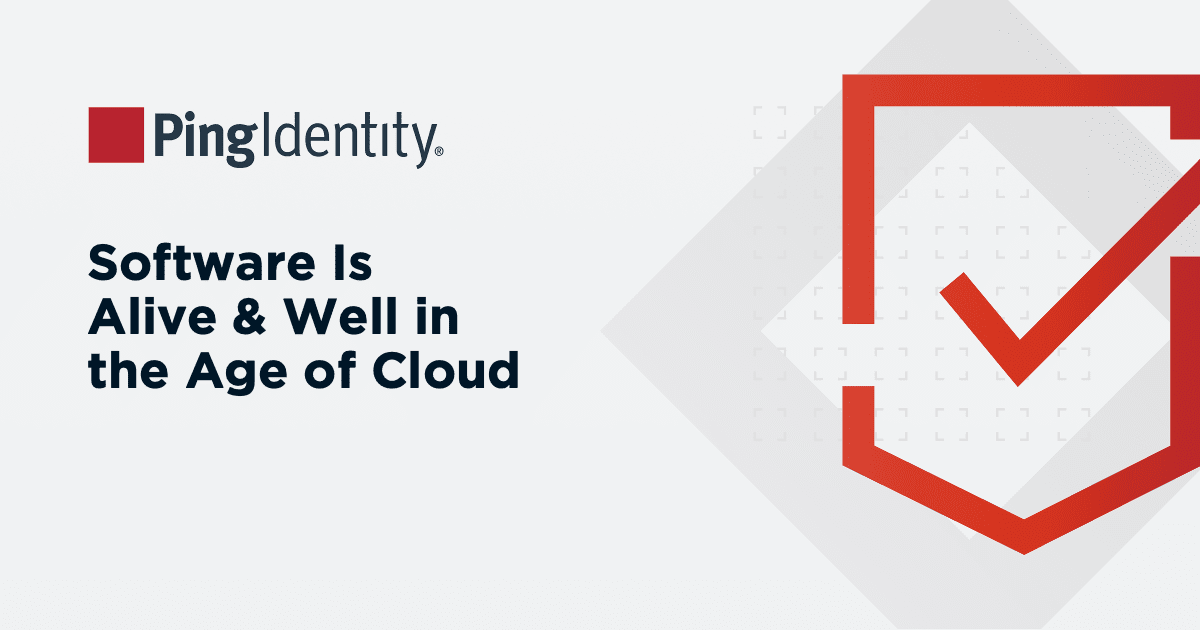Executing comprehensive access reviews requires organizations to use the proper tools and a strategic approach. The following are some of the best practices organizations can adopt to engage in a thorough access review process:
Implement Role-Based Access Control (RBAC)
Defining roles with corresponding permissions simplifies user access management and reviews. This is referred to as role-based access control (RBAC), assuming that everyone in the same role within the organization is entitled to the same access privileges.
System administrators can define roles with a set of permissions that are necessary for each job. Then, any new personnel can be quickly assigned to the proper role without needing to parse through and set privileges for each app or system individually.
Automating Access Reviews
Enterprises can handle large-scale user reviews much more efficiently with the help of automated tools. Nathan Shepler of Schneider Downs Risk Advisory states, “... if your organization has the resources, there are tools and software to promote efficiency in the review process.”
Adopting an automated review tool eases the burden on IT teams, no longer requiring them to manually certify user access. As we’ll discuss in further detail below, this frees up their time for more value-add work and mitigates the risk of human error, supporting enhanced security throughout the enterprise.
Involve Key Stakeholders
It’s also best practice to keep business leaders and department heads involved in the access review process, not just IT personnel. This includes HR, legal, and operations.
Cross-functional reviews ensure permissions align with business needs, support compliance, and adhere to the principle of least privilege to uphold system security.
Regularly Audit Access Logs
Teams should regularly review audit logs to monitor user activity and verify access. Periodic reviews of logs support a comprehensive security approach, ensuring access certifications align with actual user activities.
In other words, this practice adds another layer of security, helping teams ensure that UARs are working as intended and users are only accessing the systems and applications necessary for their jobs.
Create Pre-Built Review Templates
For teams that still handle certification campaigns manually, standardizing reviews with pre-built templates helps to make the process more streamlined and thorough.
These templates clearly outline the protocols to ensure reviews are completed consistently, regardless of the staff member responsible for it. Such templates can be customized for specific user roles, systems, or compliance needs, catering to the organization’s unique operational and security needs.


